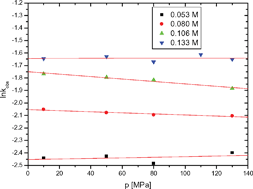A robust catalyst that produces hydrogen from ammonia-boranes with high efficiency under atmospheric conditions has been developed by Spanish scientists.
The search for new energy sources to substitute depleting fossil fuels and decrease greenhouse gas emissions is a high priority. One of the best pollution-free alternatives to coal and oil is hydrogen However; a different and very important concern arises with using hydrogen: safety.
Incorporating hydrogen into chemical compounds, such as ammonia-borane (NH3BH3), that can store and release it in a controlled manner could be a way of overcoming safety issues. Catalysts based on metals including titanium, ruthenium or rhodium can efficiently release up to one equivalent of hydrogen gas, but it must be carried out under an inert atmosphere.
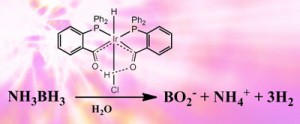
3 equivalents of hydrogen are released from the ammonia-borane store
Now Maria Angeles Garralda and her team at University of Pais Vasco in Spain have demonstrated the first homogenous catalysis reaction using an iridium catalyst for hydrolysing ammonia-boranes, which produces up to three equivalents of hydrogen in a very efficient reaction. As well as being more efficient than previous systems, the iridium catalyst has the added advantage that it is stable in water and air, so does not require an inert atmosphere.
‘The fact that this system was not active under anhydrous conditions and was, however, extremely efficient and stable in the presence of water was very surprising,’ says Maria Angeles Garralda. ‘The great stability in the presence of air and water and the great activity of this homogeneous catalyst will help to understand the mechanisms of hydrogen production’.
The understanding of the mechanism of this type of reactions is vital for the future development of more efficient and cheaper catalysts to generate hydrogen in fuel cells.
‘This homogenous catalytic system suggests that finer control over rate and product distribution might be possible in the future,’ points out Andrew Weller, an expert on organometallic chemistry and catalysis at University of Oxford, UK. ‘Ultimately, energy efficient re-hydrogenation strategies and cheaper, long-lived, immobilised catalysts are key targets; and research such as presented here suggests new avenues by which the latter of these goals might be achieved.’
Lorena Tomas Laudo
A hydridoirida-Β-diketone as an efficient and robust homogeneous catalyst for the hydrolysis of ammonia–borane or amine–borane adducts in air to produce hydrogen
Roberto Ciganda, María A. Garralda, Lourdes Ibarlucea, Elena Pinilla and M. Rosario Torres, Dalton Trans., 2010
DOI: 10.1039/c0dt00091d


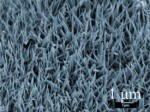









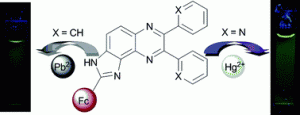 Ferrocene-based multichannel molecular chemosensors with high selectivity and sensitivity for Pb(II) and Hg(II) metal cations
Ferrocene-based multichannel molecular chemosensors with high selectivity and sensitivity for Pb(II) and Hg(II) metal cations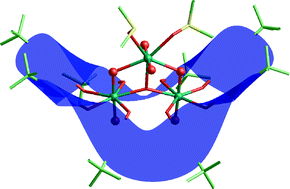 Cluster control in oligouranyl complexes of p-t-butylcalix[8]arene
Cluster control in oligouranyl complexes of p-t-butylcalix[8]arene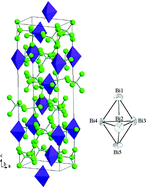
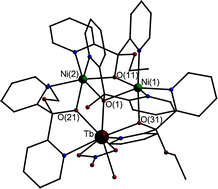 Initial employment of di-2-pyridyl ketone as a route to nickel(II)/lanthanide(III) clusters: triangular Ni2Ln complexes
Initial employment of di-2-pyridyl ketone as a route to nickel(II)/lanthanide(III) clusters: triangular Ni2Ln complexes 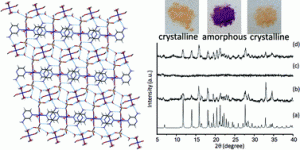
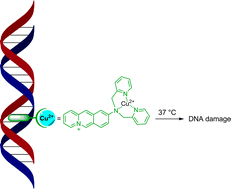 DNA cleavage by the Cu(II) complex of the DNA-intercalating 9-bis(pyridin-2-ylmethyl)aminobenzo[b]quinolizinium
DNA cleavage by the Cu(II) complex of the DNA-intercalating 9-bis(pyridin-2-ylmethyl)aminobenzo[b]quinolizinium 
